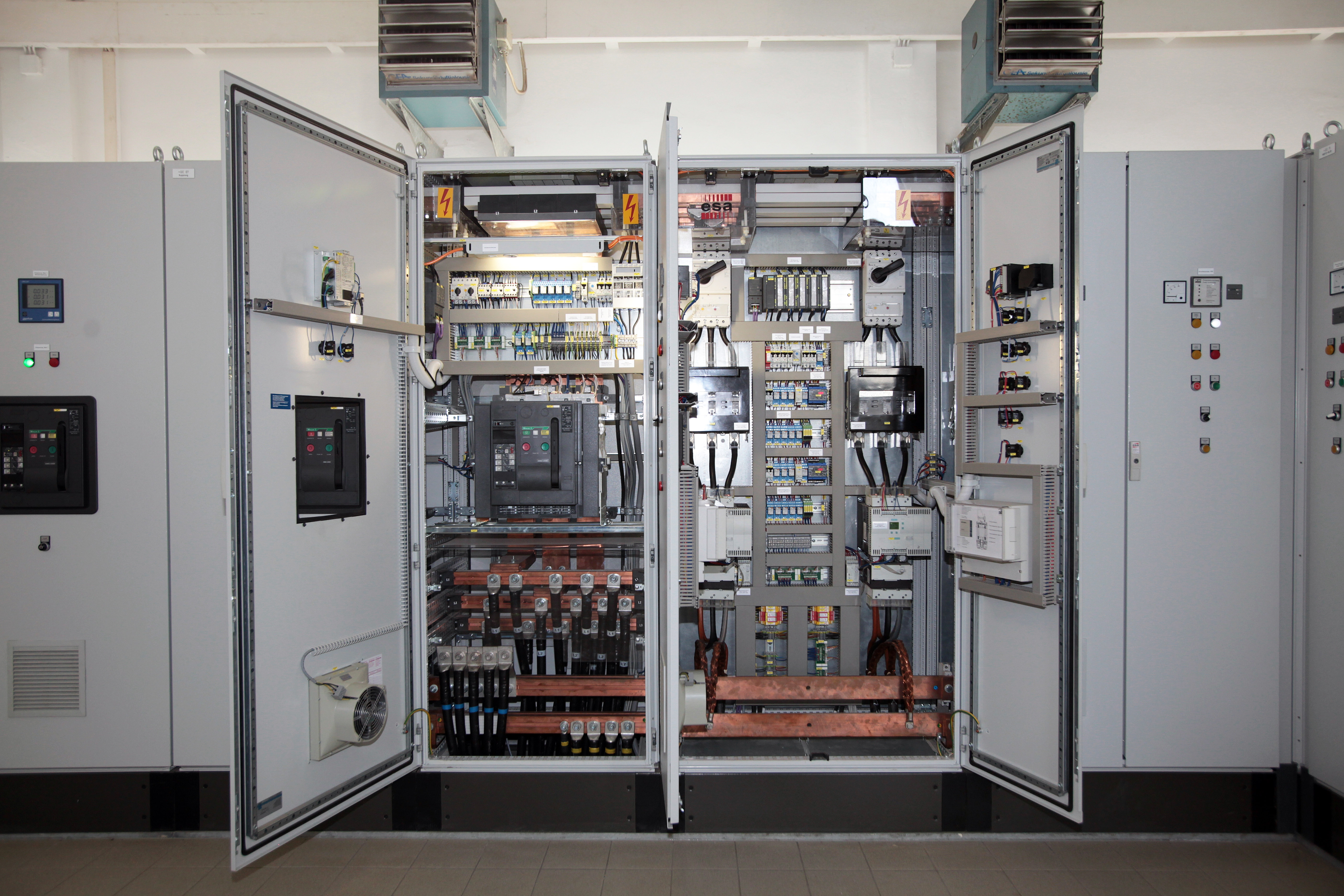Ensuring Electromagnetic Harmony Inside Your Electronics Enclosures
Anyone one who has ever worked in a small office with vocal coworkers on opposite ends of the political spectrum (or even just avid supporters of rival sports teams) knows how quickly such incompatible elements can become contentious. The same might be said for some of the equipment house in electronic enclosures. But it certainly doesn’t have to be that way.
The term electromagnetic compatibility (EMC) refers to an electrical device’s ability to operate satisfactorily without adversely affecting its electromagnetic environment, which typically also contains other equipment. High packaging densities in electronic assemblies and ever-faster signal processing can have electromagnetic influences that can lead to faults in complex electronic equipment, measurement and control systems, data processing and transmission systems, and communications equipment. Electromagnetic influence is the effect of electromagnetic factors on circuits, appliances, systems or living things.
Field-bound influence
Very low frequency currents can create a low-frequency magnetic field, which may induce interference voltage or initiate interference via direct magnetic effects (such as with magnetic memory in computers, monitors, sensitive electromagnetic test equipment, such as an electroencephalograph machines). Low-frequency electric fields of high intensity may be generated by low frequency high voltages (such as those generated by high-voltage overhead cables), resulting in interference voltage (capacitive interference).
The effects of magnetic fields can be reduced by using shielded cables and/or shielding enclosures (the decisive material property is permeability, which is too low in the case of sheet steel; nickel iron, for example, is much better).
Radiation influence (high frequency)
The electromagnetic waves that radiate from electrical circuits in an open space can produce interference voltages, whereby such interference must then be considered in relation to the distance to its source (near field or distant field).
In a near field, either the electrical component or the magnetic component of the electromagnetic field will predominate, depending on whether the source of the interference carries high voltages and low currents or high currents and low voltages. In a distant field, generally speaking, the electrical and magnetic components can no longer be considered separately. Interference can be reduced by using shielded cables.
A shielding enclosure, such as a Faraday cage, is another useful option. A Farraday cage is an enclosure formed by conductive material or by a mesh of such material, which blocks external static and non-static electric fields by channeling electricity along and around, but not through, the mesh, providing constant voltage on all sides of the enclosure. Because the difference in voltage is the measure of electrical potential, no current flows through the space. A Faraday cage operates because an external static electrical field causes the electric charges within the cage’s conducting material to be distributed such that they cancel the field’s effect in the cage’s interior.
How Much RF Shielding Does Your Electronics Enclosure Demand?
Taking the time to answer the following questions can help you determine the requirement profile for your EMC enclosure.
-
- What interference occurs in this application?(electrical, magnetic or electromagnetic field)
-
- What are the limits of interference that may occur in the application? (field strengths, frequency range)
-
- Can the requirements be met by a standard enclosure or an RF shielded enclosure? (comparison with attenuation diagrams)
-
- Are there any other EMC requirements? (shielding in the enclosure, special potential equalization within the enclosure etc.)
-
- Are there any other mechanical requirements? (cut-outs, glazed doors/windows, cable glands etc.)
Every sheet metal enclosure already offers good basic shielding within a broad frequency range, i.e. attenuation of electromagnetic fields. For large enclosures, medium shield attenuation can be achieved via cost-effective measures to create multiple conductive connections between all enclosure parts.
High shielding attenuation for frequencies higher than about 5 MHz are possible by using special seals that conductively connect the conductive inner surfaces of doors and removable panels, roof and gland plates to the conductive sealing edges of the enclosure body or frame. The higher the frequencies occurring, the more critical that openings in the enclosure become.
To learn more about attenuating electromagnetic interferences inside your electronics enclosures, download a free copy of Rittal’s Technical Aspects of Enclosures handbook.

